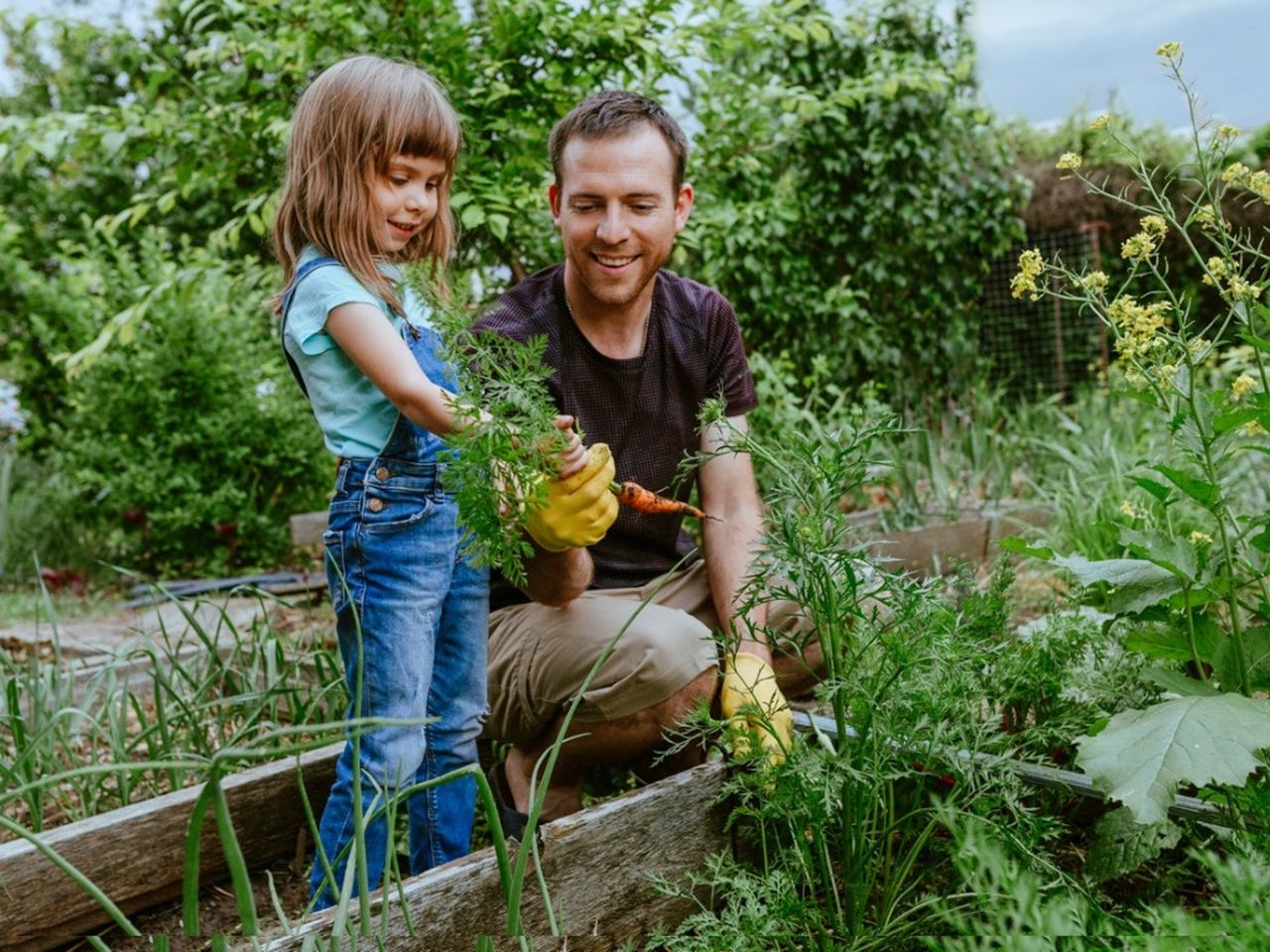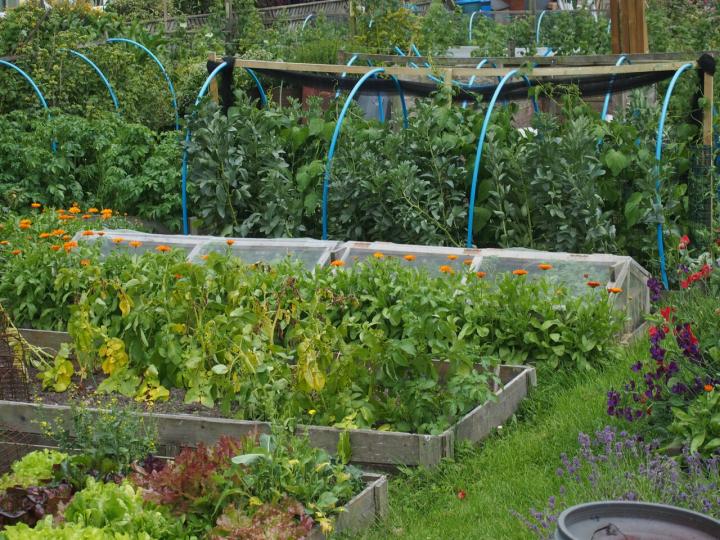Handy Tools and Hacks for Homestead Gardening
Handy Tools and Hacks for Homestead Gardening
Blog Article
Discover Crucial Tips for Effective Horticulture Techniques and Practices
Gardening, usually seen as a simple pastime, encompasses a variety of techniques and practices that can significantly influence the result of your initiatives. By focusing on necessary components such as soil health and wellness, efficient sprinkling methods, and suitable plant option, gardeners can produce a flourishing environment that sustains dynamic development. Recognizing the subtleties of pest administration and seasonal upkeep can better improve productivity. Several enthusiasts overlook critical details that can make or break their gardening success-- exploring these overlooked aspects may disclose the trick to cultivating a prospering garden.
Comprehending Soil Health
Dirt health is a fundamental aspect of effective horticulture, as it directly affects plant development, nutrition schedule, and ecosystem balance. Healthy dirt is characterized by an abundant biodiversity of microorganisms, raw material, and a well balanced pH degree, which together create a setting conducive to plant advancement.
To comprehend soil wellness, one must consider its physical, chemical, and biological buildings. The appearance and framework of soil impact its capacity to retain wetness and nutrients, while the chemical structure figures out the accessibility of crucial elements like phosphorus, nitrogen, and potassium. Routine dirt testing is important to analyze these elements, enabling garden enthusiasts to make informed decisions relating to modifications and fertilizers.
Furthermore, advertising biological activity within the dirt is important for preserving its health. Practices such as composting, plant rotation, and using cover crops can improve microbial variety, boost nutrient biking, and lower dirt disintegration. By prioritizing soil health, gardeners not only enhance plant growth however likewise add to a lasting community, making certain that their gardening methods are durable and ecologically accountable in time.
Reliable Watering Techniques
Ensuring that plants receive the appropriate quantity of water is essential for their wellness and development, especially when combined with a solid foundation of soil health and wellness (Homestead Gardening). Effective watering strategies can dramatically influence plant vitality, decreasing water wastefulness and promoting ideal development
One essential method is deep watering, which urges roots to grow much deeper right into the soil, improving dry spell resistance. This technique commonly includes watering much less frequently yet in bigger amounts, allowing dampness to penetrate the origin zone extensively. Timing is also critical; early morning is the ideal time to water, as it lessens dissipation and enables vegetation to dry throughout the day, decreasing condition risks.
Furthermore, employing mulch can aid maintain soil dampness and regulate temperature level, further helping reliable watering methods. Making use of a drip irrigation system can likewise give targeted wetness straight to the origins, guaranteeing that water gets to where it's most required while conserving resources.
Monitoring rainfall and dirt dampness levels can direct changes in your watering schedule, guaranteeing plants obtain regular hydration without over-saturation. By adopting these efficient watering methods, garden enthusiasts can foster a successful setting for their plants to prosper.
Plant Selection and Placement
Exactly how can the ideal plant option and strategic positioning change a yard into a flourishing community? The synergy in between plant ranges and their positioning is critical for developing a vibrant garden. When choosing plants, think about aspects such as environment, soil type, and sunlight exposure. Native species are frequently the most effective choice as they are adapted to local conditions and require much less maintenance.
Strategic placement entails preparing plants according to their development routines and requirements. Taller plants ought to be placed at the rear of borders to avoid shielding much shorter plants. Furthermore, grouping plants with comparable water and light demands can improve their growth and lower competition for resources.
Integrating a diversity of plants here not just includes aesthetic allure however also advertises biodiversity, drawing in valuable pests and pollinators. Take into consideration the seasonal modifications in your garden; pick a mix of perennials, evergreens, and annuals to make certain year-round rate of interest.
Lastly, bear in mind to analyze the fully grown size of plants prior to planting to prevent overcrowding and make sure adequate air blood circulation. Thoughtful plant selection and tactical positioning develop a harmonious setting, enabling your yard to thrive while decreasing challenges.
Parasite and Disease Administration
Effective parasite and illness management is important for preserving a healthy and balanced yard environment - Homestead Gardening. A positive approach, incorporating cultural, biological, and chemical methods, can significantly decrease the influence of pests and illness on your plants

Biological controls, such as introducing helpful pests like ladybugs or predacious mites, can keep insect populations in check without hurting the atmosphere. In addition, keeping plant wellness via correct watering, fertilizing, and trimming will certainly reinforce their durability against diseases.
When intervention is required, opt for targeted chemical treatments, guaranteeing to follow application guidelines to minimize harm to non-target microorganisms. Always prioritize lasting methods, as they advertise long-lasting yard health and eco-friendly equilibrium. By incorporating these strategies, gardeners can effectively manage conditions and bugs, guaranteeing flourishing plants and a productive yard.

Seasonal Maintenance Practices
In springtime, focus on dirt prep work by testing pH degrees and adding essential changes. Routinely evaluate arising plants for illness and pests.
As summer season methods, ensure additional hints appropriate irrigation while checking for indications of stress and anxiety or illness. Trim back thick plants to encourage air blood circulation and reduce their website moisture around foliage. This method not just enhances plant health and wellness but likewise advertises flowering and fruiting.
With the arrival of fall, it's time to plan for winter season. Tidy up fallen leaves and debris to avoid insect problems, and think about planting cover plants to improve soil health and wellness. This period is also suitable for separating perennials and planting spring-flowering light bulbs.
Verdict
Successful gardening joints on the assimilation of audio techniques in dirt health and wellness, watering, plant choice, insect management, and seasonal maintenance. By prioritizing dirt screening and microbial variety, utilizing effective watering strategies, and picking ideal plants, garden enthusiasts can produce flourishing communities.
By focusing on necessary components such as dirt health and wellness, effective sprinkling approaches, and proper plant choice, gardeners can develop a growing environment that supports vibrant growth. By prioritizing dirt health and wellness, gardeners not just enhance plant growth yet likewise contribute to a lasting community, ensuring that their horticulture methods are environmentally responsible and resilient over time.
Taller plants need to be positioned at the back of boundaries to prevent shielding much shorter plants. Clean up fallen leaves and debris to protect against insect problems, and think about growing cover crops to improve soil wellness.Effective gardening joints on the integration of sound techniques in soil health, watering, plant choice, parasite management, and seasonal maintenance.
Report this page